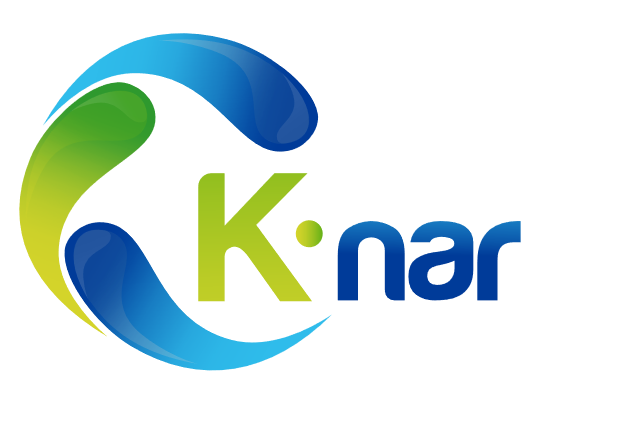Knar Learning
Causality & Non-recurrence
Analysis for Continued
Performance Improvement
Let us know your questions and ideas...
What are the benefits for attendees?
Continued Improvement requires balance between losses and resources invested to prevent them. With this training attendees learn on different approaches to research loss-events and where to use either, more straightforward or more comprehensive approaches to protect business value.
The approach:
A comparative analysis of three optional methods for researching undesired events, with pros, cons, associated tools and examples.
For a cause analysis to be correct and meaningful, the very same executors of daily activities, are required to support analysis of loss events. As a consequence, it's clear that the new insights are not for free. They cost us time, people, effort and analytical resources.
Defining how far to go when assigning such time, effort, and additional resources to analyze and catch value losses, in a way that such actually improves business performance, is only possible when the resources for the analysis are balanced with the end loss cost, which is, clearly, initially unknown. This is the challenge of every performance improvement around the world.
A clear judgment for assessing how important or costly a loss event may become with time, is crucial for properly balancing business executions effort with business improvement effort. This training aims to provide such clarity for people executing production process or responsible for its improvement.
Training on Causality and Non-recurrence analysis for continued performance improvement.
- Introduction and Context.
- Undesired Events, Dimensions of Impact and Business Value.
- Critical and Chronic Loss Events.
- Causality : Views on how develop complete domain sets for causality analysis.
- Convenience vs Comprehensiveness.
- 5M , 5-Why's, Physical, Human Latent,... : Are all those complete causality domains?
- Balancing complexity, comprehensiveness, time and costs.
- Straightforward causality methods.
- Medium comprehensiveness causality methods.
- Rigorous causality methods.
- "Let the parts talk"
- Human factors on managing causality analysis on loss events.
- Types and Range of Actions
- Actions / Intervention sanitization
- Evidence Management.
- The problem of Non-recurrence tracking and verification.
- The dilemma : Punitive vs. non-punitive approaches.
- A corporate view on a taxonomy for tracking losses and performance restrictions.
- When and why continuous improvement doesn't improve anything, even itself.
- Causality Analysis , Continuous Improvement Ecosystem and Quality Management Systems.
- Information management platforms for causality analysis and performance improvement.
Reach us using the left pane, to learn more about this training and how contents can be tuned to the needs of your personnel and industrial plant.
In the search of new business value, out of existing Industrial Assets,
Knar helps you to find it, unlock it, assuret and track it!


